Kratom, a tropical tree native to Southeast Asia, has garnered significant attention in recent years for its potential medicinal properties. 7-hydroxymitragynine (7-OH) stands out as one of the most potent and pharmacologically active compounds among its many alkaloids. This article aims to delve into the intricacies of 7-hydroxymitragynine, exploring its origins, effects, pharmacology, and potential therapeutic applications.
- Origins and Extraction: 7-Hydroxymitragynine is a naturally occurring alkaloid found in the leaves of the Mitragyna speciosa tree, commonly known as kratom. While kratom contains numerous alkaloids, including mitragynine, 7-hydroxymitragynine is believed to be one of the primary contributors to its psychoactive effects.
The extraction of 7-hydroxymitragynine from kratom leaves involves complex processes, typically utilizing solvent extraction or chromatography techniques. Due to its relatively low abundance in the plant, isolating pure 7-hydroxymitragynine can be challenging and often requires sophisticated laboratory equipment.
- Pharmacology and Mechanism of Action: Once ingested, 7-hydroxymitragynine interacts with various receptors in the central nervous system, primarily targeting opioid receptors. It exhibits high affinity for mu-opioid receptors, similar to traditional opioid drugs, albeit with a distinct pharmacological profile. Additionally, it interacts with other neurotransmitter systems, including dopamine and serotonin, contributing to its diverse effects.
The mechanism of action of 7-hydroxymitragynine involves modulation of neurotransmitter release, resulting in analgesic, sedative, and euphoric effects. Its activity at opioid receptors also accounts for its potential for dependence and withdrawal symptoms with prolonged use.
- Effects and Potential Benefits: The effects of 7-hydroxymitragynine can vary depending on dosage, individual sensitivity, and other factors. Lower doses may produce stimulating effects, increasing alertness, sociability, and energy levels. In contrast, higher doses are more likely to induce sedation, pain relief, and euphoria.
Advocates of kratom and 7-hydroxymitragynine suggest several potential therapeutic benefits, including:
- Pain Management: 7-hydroxymitragynine exhibits analgesic properties, making it a potential alternative for managing chronic pain.
- Opioid Withdrawal: Some research suggests that kratom, containing 7-hydroxymitragynine, may alleviate withdrawal symptoms and cravings in individuals dependent on opioids.
- Mood Enhancement: The compound’s interaction with serotonin receptors may contribute to mood elevation and relief of symptoms associated with anxiety and depression.
- Safety and Concerns: While 7-hydroxymitragynine holds promise as a therapeutic agent, its use is not without controversy. Concerns have been raised regarding its addictive potential, abuse liability, and adverse effects. Prolonged or excessive use of kratom products containing high concentrations of 7-hydroxymitragynine can lead to dependence, tolerance, and withdrawal symptoms resembling those of traditional opioids.
Furthermore, the lack of regulation and standardized dosing guidelines for kratom products poses risks of adulteration and variability in potency, heightening safety concerns.
- Legal Status and Regulatory Landscape: The legal status of 7-hydroxymitragynine and kratom varies across jurisdictions. In some countries, kratom is classified as a controlled substance or banned outright due to concerns about its safety and abuse potential. Conversely, other regions permit its sale and use for medicinal or recreational purposes, often subject to regulatory oversight.
In the United States, the regulatory landscape surrounding kratom is evolving, with the Drug Enforcement Administration (DEA) considering it for scheduling under the Controlled Substances Act. However, advocates argue for its continued availability, citing its potential therapeutic value and cultural significance.
Conclusion: 7-Hydroxymitragynine, as a critical alkaloid in kratom, holds both promise and controversy in the realm of natural medicine. Its pharmacological effects, including analgesia, mood modulation, and potential for opioid withdrawal management, warrant further investigation. However, concerns regarding its safety, abuse potential, and regulatory oversight underscore the need for balanced research and informed decision-making regarding its use. As scientific understanding advances, 7-hydroxymitragynine may find its place as a valuable pharmacological tool in pain management and beyond.
